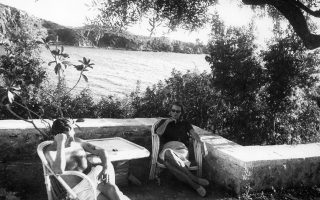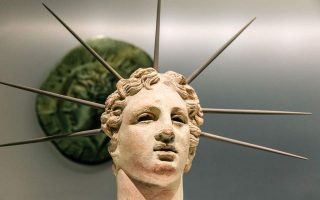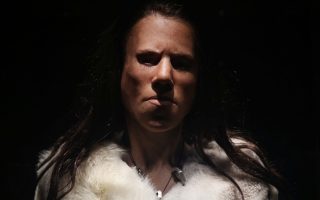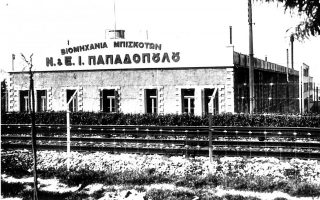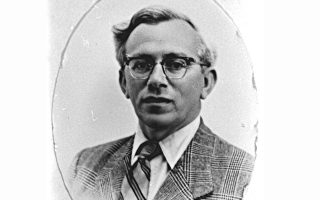Artist shares story of WWII teen who risked her life for her country
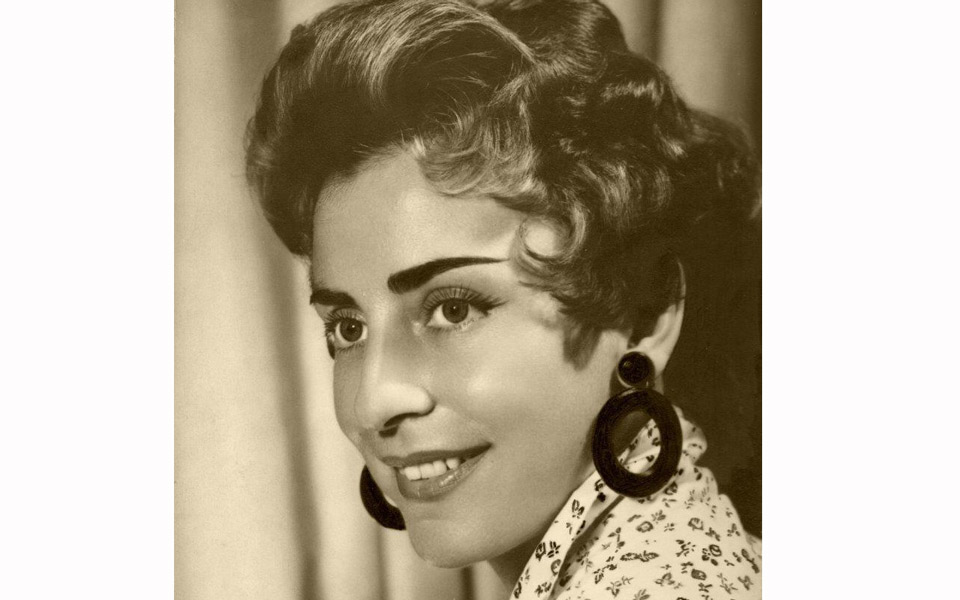
Greek-Italian artist Angelo Plessas first spotted Maria Zamanou-Mickelson in the neighborhood of Palaio Faliro a few years ago. Approaching 90, she was stoic but impressive with a fabulous wardrobe straight out of the 50s and accompanied by her dogs. She stood out and was something of a mystery to most of her neighbors.
“No one knew exactly what her story was but everyone had a theory,” Plessas remembers. One summer day he helped her carry a watermelon and she invited him into her home. Entering the apartment, he was stunned: “I felt like I had entered another era where time had stood still,” he recalls. Scattered around her apartment were photos and memorabilia of a truly cosmopolitan life: from the United States and Germany where she lived after the war, with her husband, an American in the military, from trips around the world. While he took in the surroundings, he noticed something on a table: a diploma and a medal for her service for the espionage unit of the Greek Resistance during World War II. “What is this, Mrs Mickelson?” he asked. “Sit down, I will tell you everything,” she replied.
The Zamanos family had been under observation by the Resistance unit for some time before someone asked Maria’s father if they could recruit his 14-year-old daughter. She was serious, female, and young – above suspicion – and her home on Athens’s southern coast was strategically placed, affording a view of the base where the Germans repaired their hydroplanes. She was given sketches of all the different models to memorize and asked to write down which planes she saw coming and going, and when. She devised a code using musical notes so she could record the “injured” (her word) planes. In time she took on more missions. With her temperament and under the guise of naivety, she managed to befriend young Yugoslavians working at the German base who lived in her neighborhood and was able to gather information.
“Were you scared?” Plessas asked. “No,” she responded. She knew very well that what she was doing was dangerous, that if she was caught she would be executed. She remembered that when rumors spread about her sitting on her balcony for hours despite the bombings, she knew she would have to stop spying for a while. Everything was going smoothly, until one day a man she had never seen before knocked on her door. “You have to follow me, you are in danger,” he told her. He was from the Resistance. They walked for hours in the dark and arrived in a rural area. They installed her in a basement with no light and brought her food every day. “I never asked what happened. I trusted them and just did what they told me,” she said. One day she heard a commotion – a team of German soldiers had turned up. She held her breath. Luckily, they left without spotting her. About three months later she was able to return home. The war was over.
Plessas, inspired by Zamanou-Mickelson and her story, made her the subject of a piece he presented at the Documenta exhibition in Athens and Kassel last year. Although she never managed to see the exhibition herself, she heard that the work of her new friend was a great success and that many were able to learn her story because of it. Maria Mickelson passed away last fall. Her funeral at the cemetery in Palaio Faliro was attended by her beloved nephews, her brother Stelios Zamanos, a member of the National Liberation Front, and her close friends. On her casket they placed the medal she was awarded for fearlessly serving her country in its time of need.
